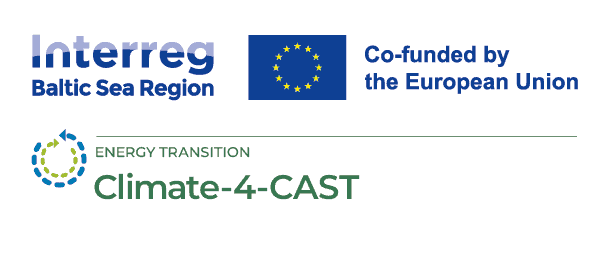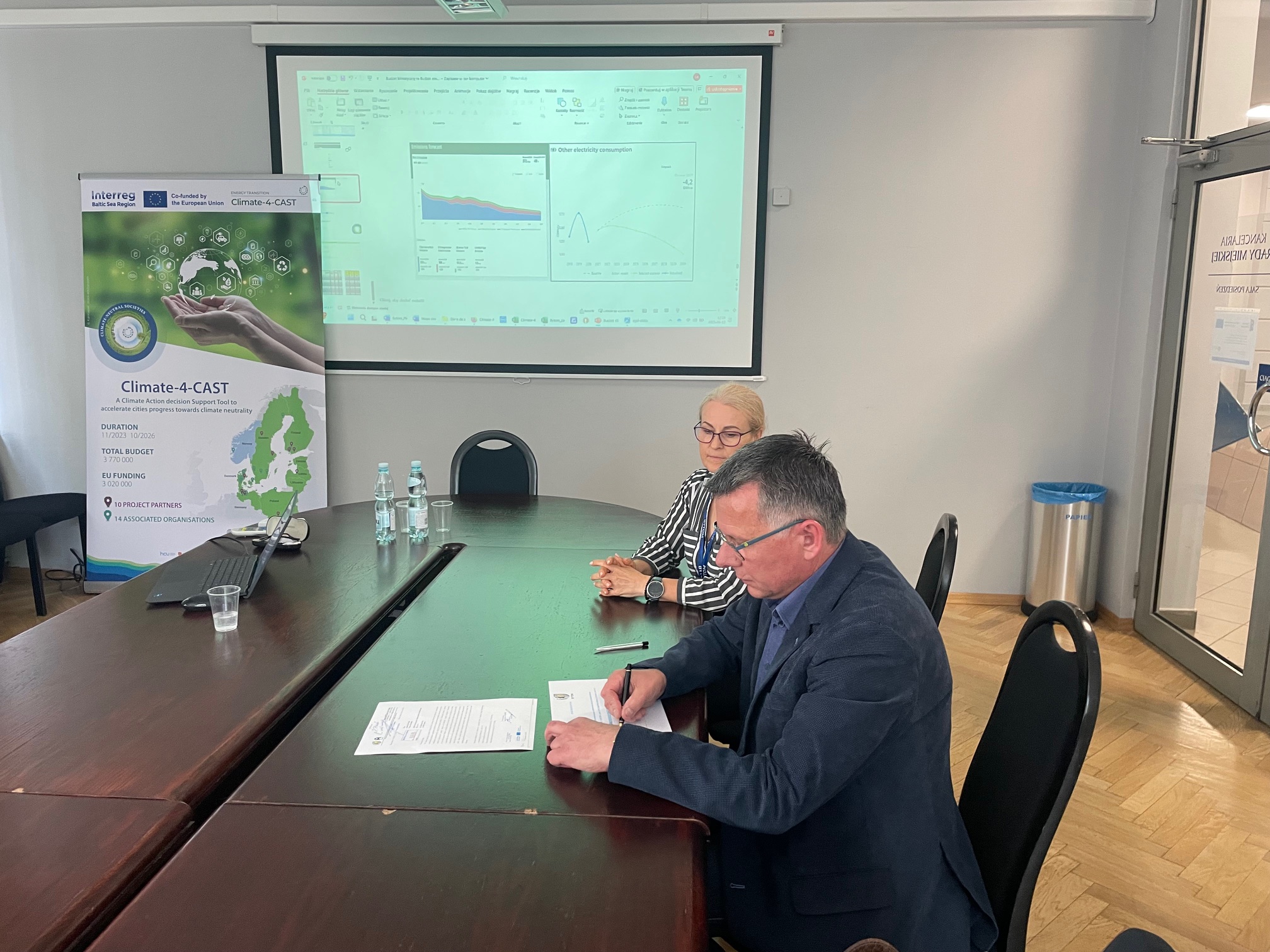
Bytom’s Path Toward Climate-Smart Decision-Making
07 November 2025
Building Collaboration and Integrating Climate Goals into City Planning
In the 1990s, the city of Bytom was still considered one of Poland’s key industrial centres — often described as a “city of coal and steel”. This legacy left severe environmental consequences, including heavy air pollution. Today, air quality has improved dramatically, though pollution levels remain high compared to less industrialized areas.
Linking Data, Decisions, and Climate Goals
To address these challenges, the City of Bytom has been focusing on analysing emissions from residential buildings, transport, and heat production, as well as estimating the amount of CO₂ absorbed by green areas. During the second pilot phase of the Climate-4-CAST project, the Bytom Project Team concentrated on building lasting cooperation with City Council departments (such as the Investment and Environmental Engineering Departments), municipal units (ZBM-TBS and Bytomskie Mieszkania), and municipal companies (PEC and BPK/Bytomskie Wodociągi).
Together, these partners are developing a shared approach for assessing investments and their environmental and climate impacts. To support this work, the team introduced the Climate Action Decision Support (CADS) Tool.
What Is the CADS Tool in Bytom about?
The CADS Tool helps Bytom collect emissions data, estimate investment costs and climate impacts, and create scenarios that support informed decision-making. During project meetings, the Bytom team demonstrated how existing investment-planning practices can be combined with climate goals and departmental operational plans.
An important realization from this work has been that many planned city investments — such as building bicycle paths, retrofitting public buildings, or managing post-mining waste sites — are directly linked to climate objectives and can be integrated into the city’s task-based budget. This mindset shift marks an important step toward embedding climate thinking into strategic decision-making in Bytom.
By using the CADS Tool, Bytom aimed to calculate the effects of both investment and operational activities, prepare forecasts, and present results in a clear and engaging way. Decision-makers will be able to compare planned actions with different business scenarios, approve or reject initiatives, and better understand their climate impacts and co-benefits.
The City’s Achievements in Reducing Emissions
Bytom has already achieved significant progress in reducing greenhouse gas emissions.
- Industrial emissions: Compared to 1997, emissions from industrial sources have decreased by 83%, largely due to structural economic changes.
- Street lighting: The shift from sodium to LED fixtures has reduced electricity use from 5,317 MWh (2012) to 1,086 MWh (2023) and CO₂ emissions from 4,392 Mg/year to 1,045 Mg/year.
- District heating: The municipal heating company continues to expand its network, reducing fossil-fuel use in households and lowering emissions by 2,319 Mg CO₂, 39 Mg CO, and 5 Mg dust over the past five years.
- Renewable energy and household support: The city promotes distributed energy systems and supports residents through government and provincial programs such as PONE (Low Emission Reduction Programme) and renewable-energy initiatives.
Next Steps
Since June 2025, the project team has been holding meetings with city departments, building managers, and municipal companies to establish a shared approach to data collection and explore how the CADS Tool can support day-to-day decision-making. The next phase will expand engagement to department heads and political representatives, fostering broader institutional support for climate action – building on results and learnings from the pilot.
By 2026, the city aims to fully integrate climate considerations into its regular planning and decision-making processes — both at the municipal and company levels — ensuring that Bytom’s transformation continues toward a climate-smart, sustainable future.








